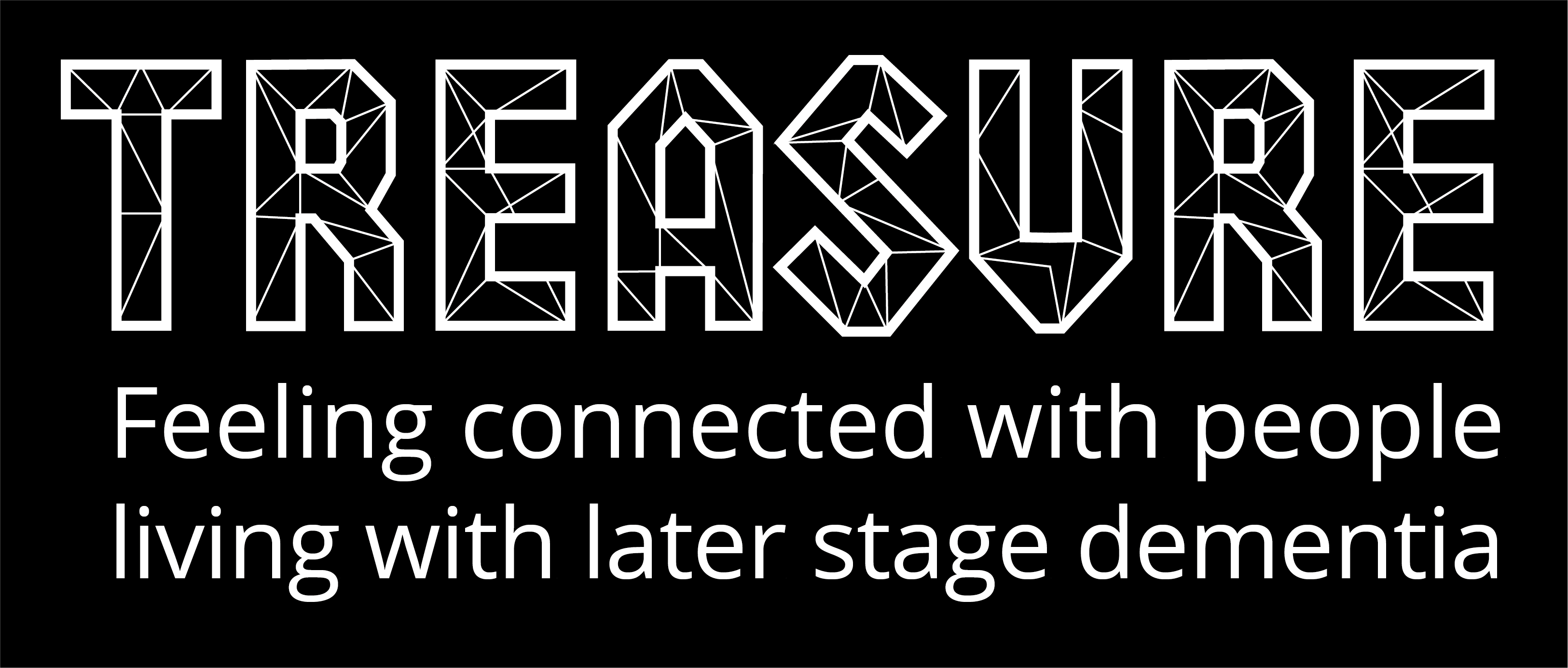positive purpose
The purpose of this resource is to invite you to use Suzie’s story as the basis to think about your thoughts and opinions on connecting with people with advanced dementia. This may be something that you haven’t spent too much time thinking about up to now. The story, information and questions in this resource are designed to offer surprises and new insights into the types of connection that are possible.
Suzie’s story
In this video Suzie tells the story of a connection found between a gentleman with dementia, and Bonnie Elderflower. Bonnie Elderflower is Suzie’s persona when she works as one of a team of therapeutic clown practitioners (Elderflowers) who are trained to work with people living with dementia.
Noticing Questions
The following questions invite you to consider what you noticed in the story you’ve just heard, and anything that has stirred your curiosity.
If you are watching the video with a group these questions could be used as part of your group discussion.
What was there to celebrate/ what did you like in the story…
… in relation to connecting with people with advanced dementia?
From hearing the story, what are you wondering about …
… in relation to connecting with people with advanced dementia?
Unearthing
This section describes a number of specific practices used by the Elderflowers to generate feelings of connection. What follows is a number of unearthing questions which can be used to think about your thoughts and opinions in relation to connecting with people with advanced dementia.
The idea of unearthing is that there are more treasures to be found when we look beneath the surface. The description of practices and unearthing questions are created to help us to ‘look beneath the surface’ of the story we’ve watched.
Some of these practices which were present in Suzie’s story include:
Being alongside the person with a desire to understand what they are feeling and experiencing
Bonnie began her interaction with the gentleman by observing his movements, facial expression and general appearance to help her to get a sense of what he was feeling.
Creating space for the skills and qualities of the person with dementia to be celebrated
Bonnie allowed herself to be the person needing assistance in this interaction which then created the possibility for the gentleman to be the one to take the lead on finding a solution to her frustration of having a heavy bag.
Observing for the other person’s response to the ‘matching of emotion’
When Elderflowers ‘match’ the emotion of a person with dementia, they do this with great sensitivity to how this is then received by the other person. In this story the matching of emotion appeared to be well-received by the gentleman and enabled him to take on a new role in their connection. If this was to have caused further distress to the gentleman Bonnie would have tried a different way in which to connect with the gentleman’s emotion.
Matching the person’s emotion as a way of letting the other person know that you recognise their feelings
Bonnie wanted to convey that she also knew what it feels like to be frustrated. It would be a natural response for Bonnie to feel she had to let the gentleman know that she could see how he was feeling, by talking about his frustration. Instead, she found something that felt like a natural source of frustration for her, the heaviness of her bag, and used that to express how she was feeling.
Unearthing QUESTIONS
Were there any surprises or puzzles for you in the practices listed above?
Are there practices described above which you feel relate to everyone, regardless of dementia diagnosis? Are there others that feel specific to connecting with people with dementia?
From your reflections on the ‘Positive Purpose’ story, what would you like others to know about the possibilities for connection with people with advanced dementia?


